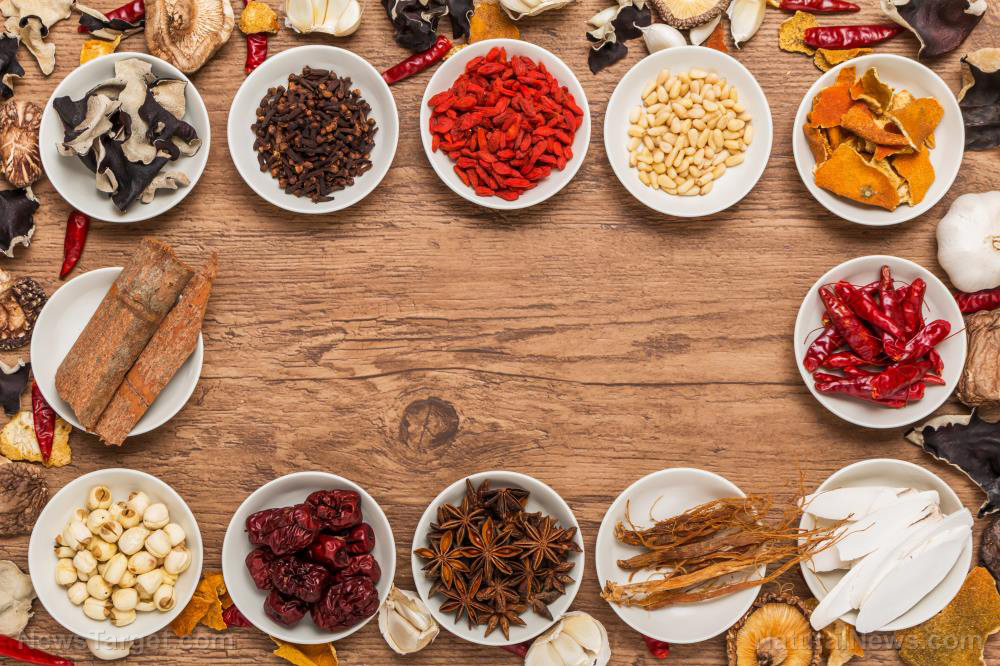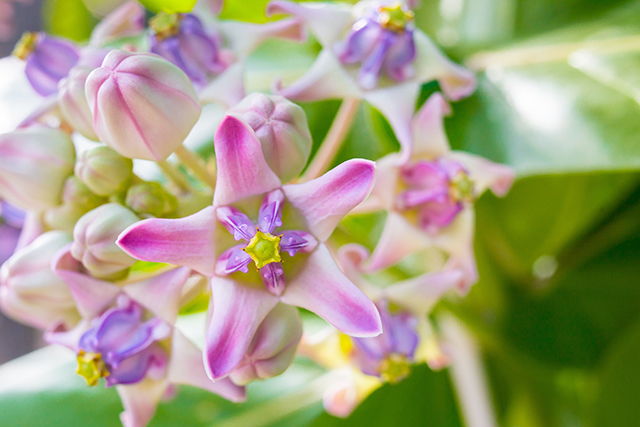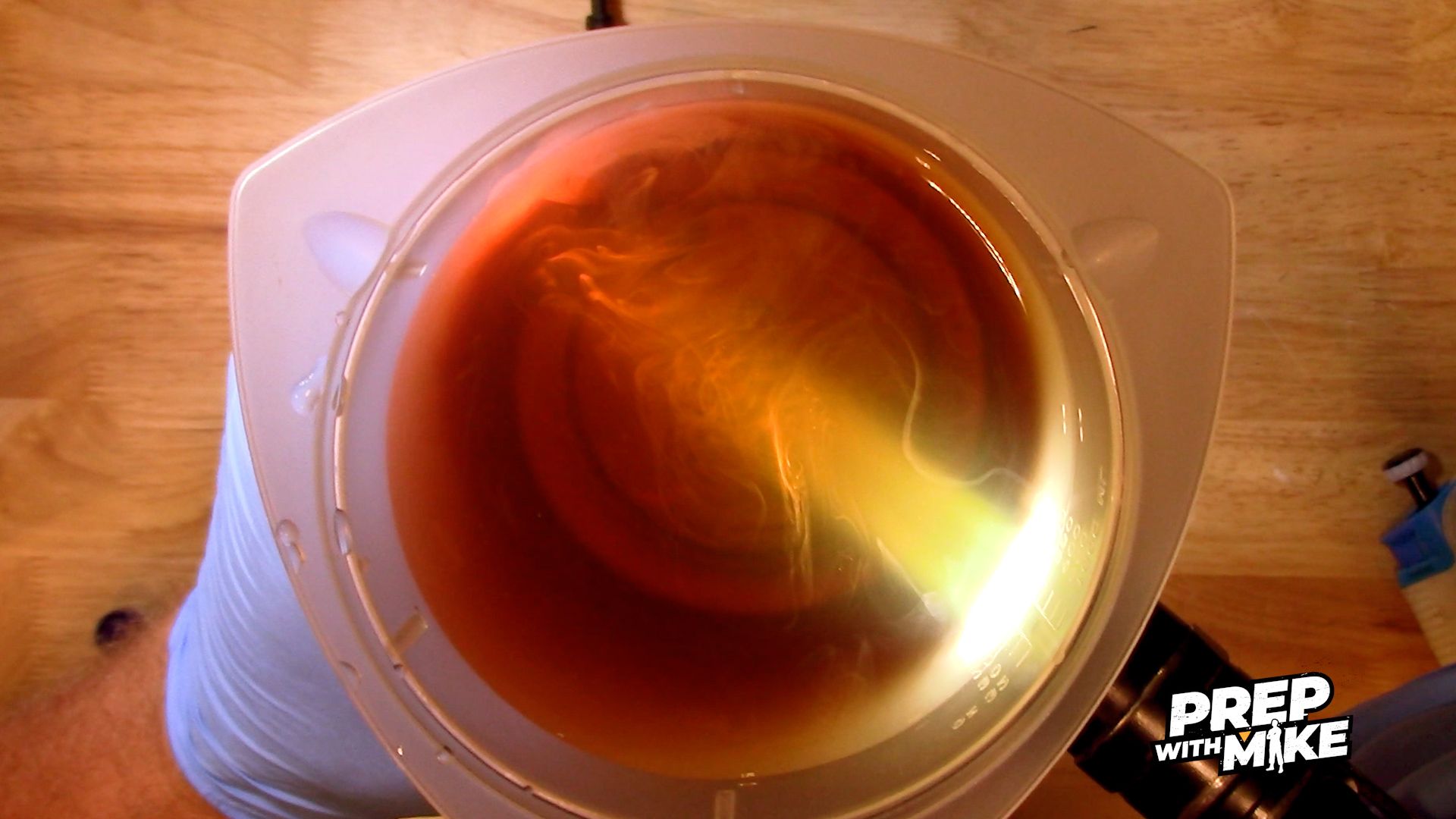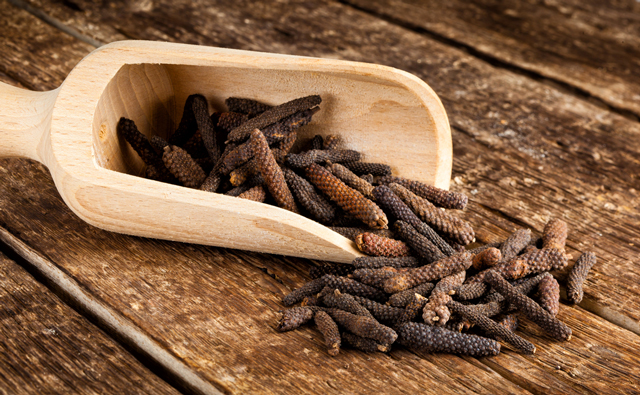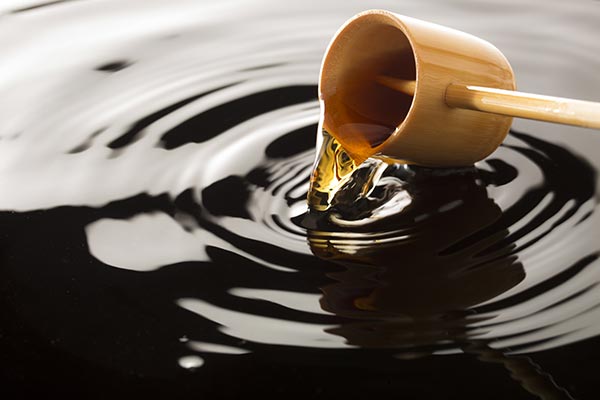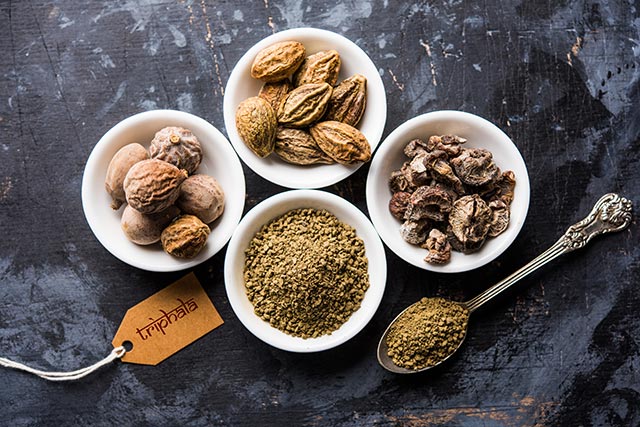Going green? Here’s what you need to know about medicinal herb gardens
10/07/2020 / By Virgilio Marin

If you’re new to homesteading, you might find it daunting to start your own medicinal herb garden. But don’t let that discourage you from going green. Doing so can provide a myriad of healthful perks – you’ll know for sure that your plants are pesticide-free and you can choose which medicinal herbs to sow.
Once you get the hang of it, you’ll realize that growing herbs in your own backyard isn’t difficult at all. To get you started, here’s what you should know about starting your own medicinal herb garden. (h/t to HomesteadLady.com)
Choosing which medicinal herbs to grow
You may have some ideas on what herbs you want to grow the minute you decided to homestead. But since you’re still starting, you should only pick two herbs to avoid being overwhelmed. The rule of thumb is to start small as this will help minimize failure while honing your gardening skills.
Once you’ve picked your herbs, the next thing you have to consider is whether these are suitable to the climate. Most herbs are easy to grow and can be planted indoors or outdoors, but they’re still sensitive to certain conditions and seasons.
For example, herbs that can thrive in the fall and winter include:
- Rosemary
- Sage
- Mint
- Coriander
Meanwhile, herbs that thrive under hotter conditions include:
- Basil
- Chives
- Lemongrass
- Thyme
Some herbs can thrive under both hot and cold conditions, such as thyme and mint. For the latter, keep in mind that mint roots spread underground and can be invasive, so it’s best to grow it in a pot.
Choosing between seeds and mature plants
Herbs can either be grown from seeds or sown as plants, and there are disadvantages to both of them: Starting with seeds is more challenging while stocking an entire garden with mature plants is cost-prohibitive.
If you’re serious about honing your gardening skills, starting with seeds will help you better gain planting knowledge. Order an herb catalog from two to three quality seed houses before buying. What you’re doing is finding an herbal seed vendor who can meet your needs, so it’s important to ask yourself the following questions:
- Which vendor has the criteria you’re seeking?
- Are they going to be a good educational resource for you?
- Is their website helpful? What does their customer service look like?
- Does their company ethics align with yours?
While deciding on your herbal seed vendor, you can use this time to attend a local seed-starting class or ask help from a homesteader friend.
Having enough space for planting
You have to be realistic about the space available to you when planning your medicinal herb garden. Space will also inform what herbs your can grow and where you can grow them. If you live in an apartment, chances are you’re planting in pots placed in a sunny window or a southern facing deck.
However, there might be community garden plots in your area, so you can also consider that as an option. Weigh the disadvantages of having your herbs that far from you. If you think that’s a hindrance, perhaps you can ask a friendly neighbor if they have extra space.
Wherever you decide to plant your herbs, the ideal location should get at least six hours of sunlight a day and have well-drained soil. (Related: Home gardening basics: How to build an herb spiral.)
Deciding how many herbs to grow
The answer to this question depends on how many people will be using your herbs. Estimate how many herbs are needed to suffice, say, a family of five. Once you get an estimate, consider whether you have enough space and what type of herbs you’re planning to plant. For instance, fennel takes up a lot more horizontal and vertical space than thyme. If you’re planting them alongside each other, fennel can block incoming sunlight for thyme.
Though starting your own herb garden is challenging, you’ll find that it gets easier through time and by constant practice. You might encounter some failures along the way, but that’s part of the learning process.
GreenLivingNews.com has more tips on starting your own medicinal herb garden.
Sources include:
Tagged Under: backyard living, gardening, green living, herb garden, herbal medicine, Herbs, home gardening, homesteading, how-to, medicinal herb garden, planting, prepping, survival, sustainable living, tips
RECENT NEWS & ARTICLES
COPYRIGHT © 2017 ALTERNATIVE MEDICINE NEWS

